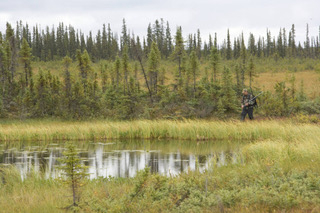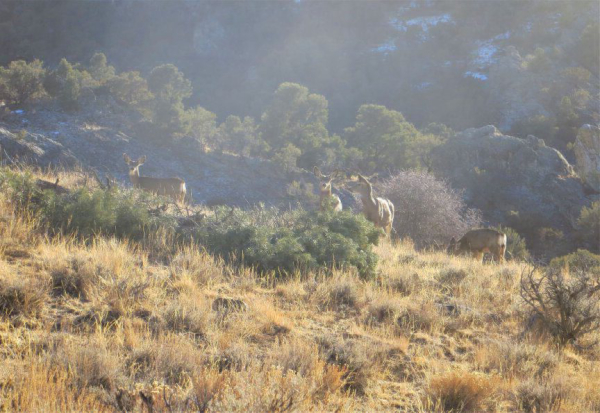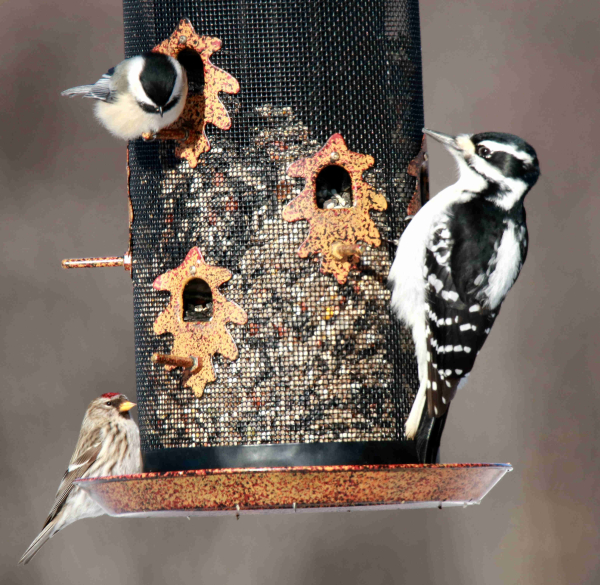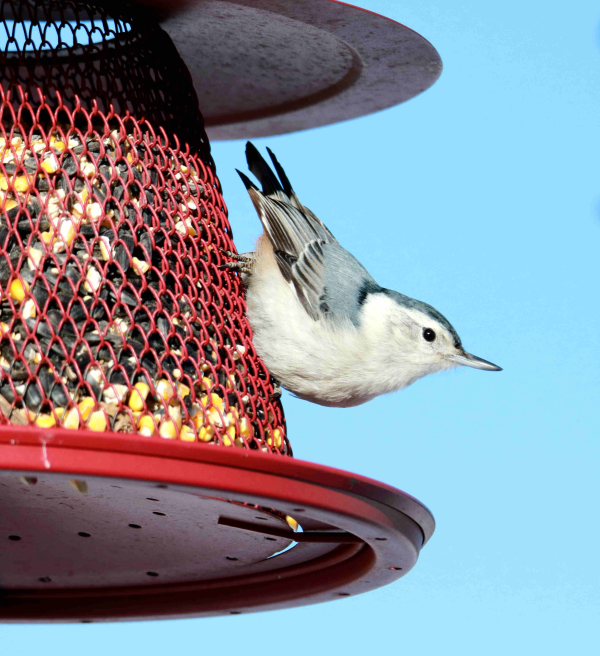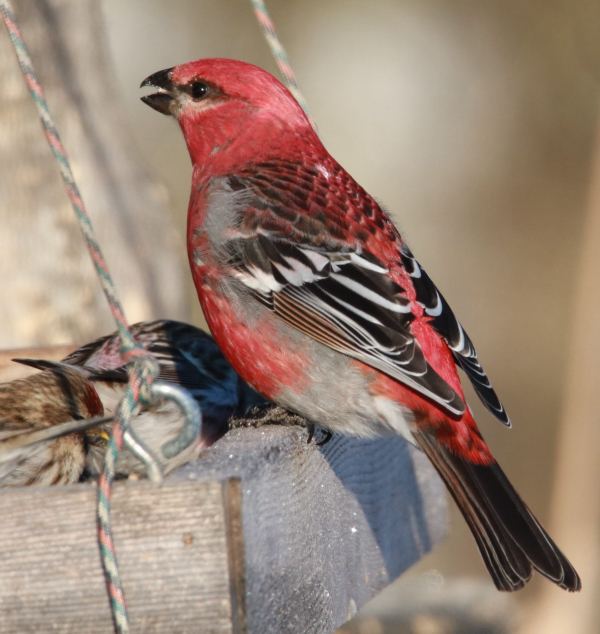By Glen Wunderlich
Charter Member Professional Outdoor Media Association (POMA)
The National Deer Association (NDA) is a non-profit deer conservation group that leads efforts to ensure the future of wild deer, wildlife habitat and hunting. Each year, the group presents a compilation of whitetail statistics from the season completed the past year (this one covers years 2020-2021) – the most recent season with complete harvest data available from all major deer states. Its goal is to change deer management for the betterment of hunting and to protect North America’s most vital and admired game species for future generations.
Deer hunters in the United States harvested an estimated 6.3 million white-tailed deer in the 2020-21 hunting season – the most since 2011, according to the NDA’s latest deer report. Harvests of both antlered bucks and antlerless deer were up over the 2019 season, but the estimated buck harvest of 3,041,544 was the most in 21 years.
“2020 saw the highest buck harvest in the new century, and amazingly we estimate that we set another new record for the percentage of those bucks that were 3½ years old or older,” said Kip Adams, NDA’s Chief Conservation Officer. “U.S. hunters are taking fewer yearling bucks and killing more of them as mature deer, but this doesn’t mean fewer bucks harvested overall. We’re killing older bucks and more bucks than ever in America.”
A look back in time offers a glimpse of how our hunting habits have changed. Consider that the nation’s record season of 1999 may have seen more bucks taken; however, more than 50 percent of them were yearlings (1 ½ year-old bucks). The steadily climbing percentage of 3½-and-older bucks in the harvest is the result of declining pressure nationwide on yearling bucks. Only 26 percent of the 2020 antlered-buck harvest was yearlings
Michigan ranks second in the nation for the sheer number of bucks taken at 219,387 followed by Pennsylvania with 174,780. Only Texas topped Michigan with its 449,933 antlered bucks.
Among the top states with antlered buck harvest per square mile is Michigan with 3.9 bested slightly by Delaware.
The take of antlerless deer is an important aspect of deer management and Michigan rated third in the country with 191,252 behind only Pennsylvania and Texas.
Inexplicably, Michigan’s statistics relative to the age structure of animals taken is not being reported.
“We know 2020 hunting license sales increased by about 5 percent over 2019, and those license buyers took home half a million more whitetails than the previous season, or an increase of almost 9 percent,” said NDA’s Chief Conservation Officer, Kip Adams. “They helped increase the antlerless harvest back above the buck harvest where it needs to be, but they also saw more mature bucks in the woods than ever before. Hunters are clearly reaping the benefits of more naturally balanced age structures in herds across the whitetails’ range.”
For what it’s worth, the report mirrors our own anecdotal experiences right here in Shiawassee County, as we continue to see more mature bucks afield than previous years. We are doing something right!
